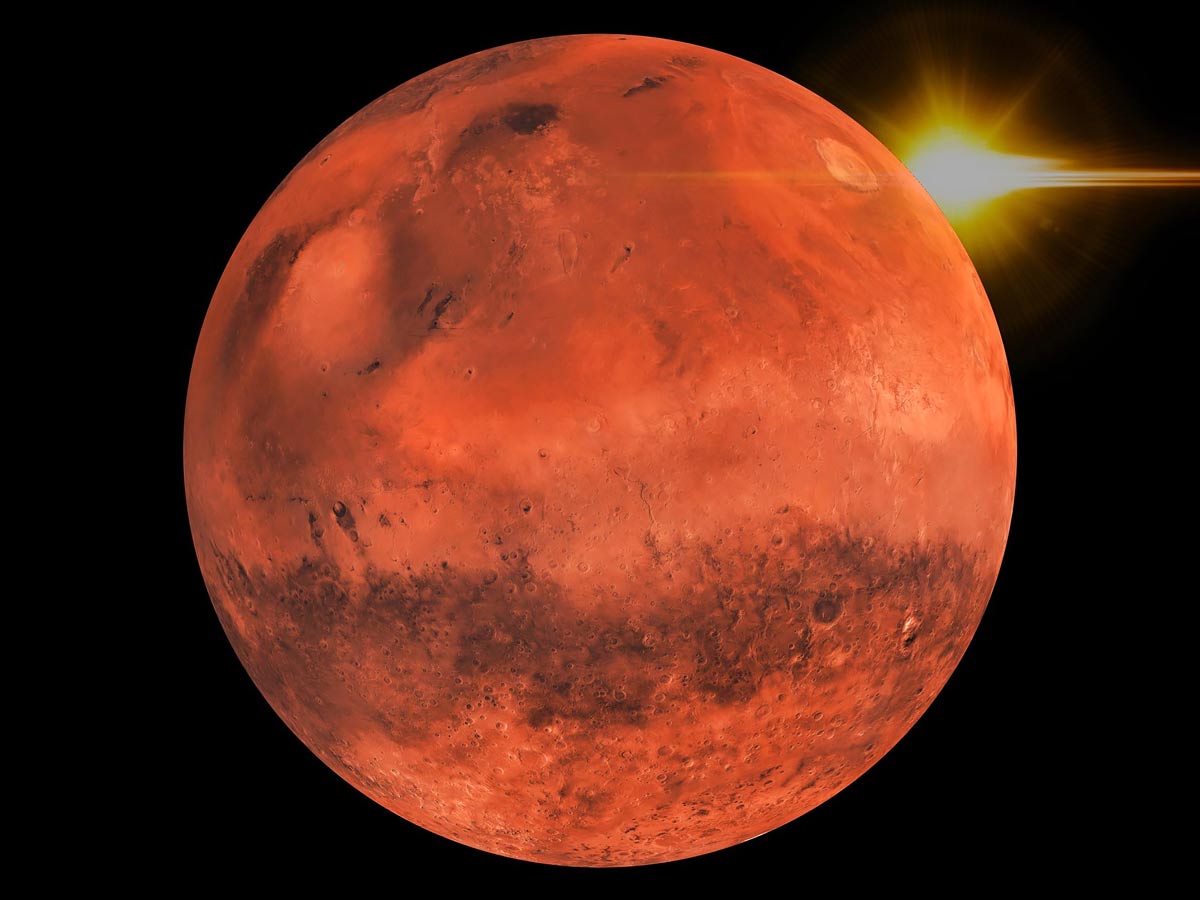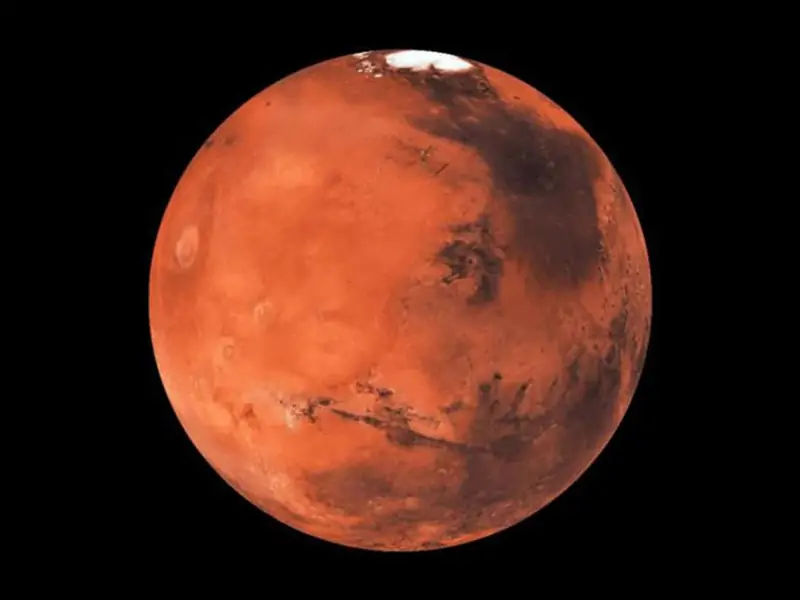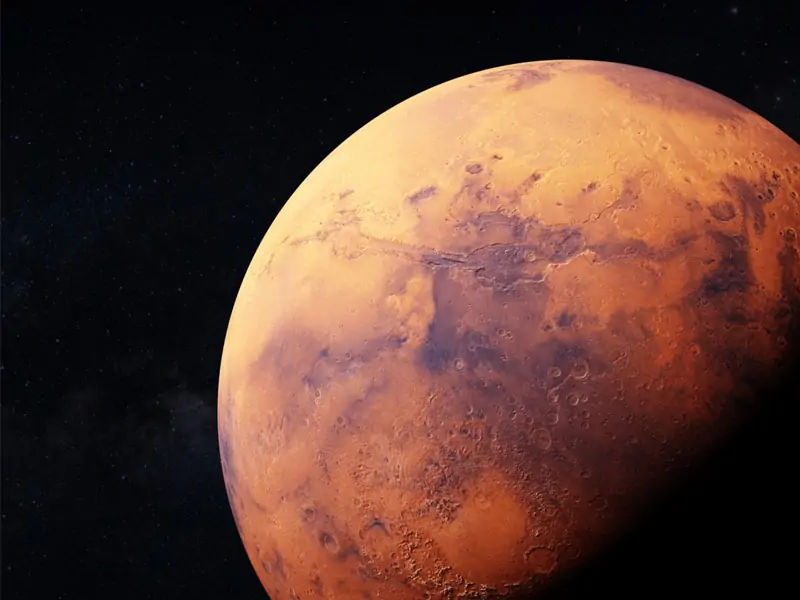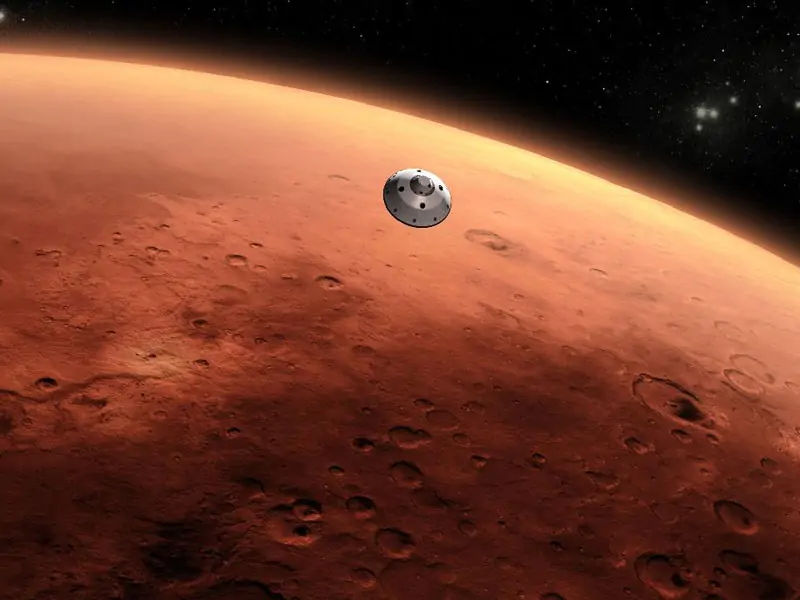Amazing Facts about the Red Planet Mars
Shortpedia
Content Team
A lot has been said and written about Mars in the recent few years. It is one of the most favorite planets of space enthusiasts and scientists. Scientists have been trying to find the traces of water and other elements on the red planet that can support life. A lot of studies and exploration have been conducted in the recent few years to find evidence of life on the red planet with the over-ambitious aim of using it as an alternative to Earth in case of an apocalypse that seems inevitable as per the theories coined by the experts of planetary system and space.
Mars is the fourth planet from the Sun, and it is the second smallest planet in the solar system. Mars is known as the Red Planet due to the reddish color that it gets from the iron oxide on its surface. Mars has a very thin atmosphere, and it has a very diverse surface and terrain. The surface of Mars has properties similar to impact craters of the moon and valleys, deserts, and polar ice caps of Earth.
The days and seasons on Mars are also similar to Earth. The planet is closest to Earth, and that is why we know the most about it among all the other planets. Different space agencies have conducted various exploration missions on Mars to gather more information about the red planet.

Despite all these explorations, we have limited information about Mars.
It is located 142 million miles away from the Sun, and it revolves around the Sun at a pace of 14.5 miles per second. The diameter of Mars is 4,220 miles, and one year on Mars equals 687 Earth Days. A day on Mars, however, is only slightly longer than a day on Earth. The length of a day on Mars is 24 hours 37 minutes. The average temperature on Mars is 24 hours 37 minutes. The Red Planet has 2 moons, and the atmosphere here comprises mostly carbon dioxide and some water vapor.
If your weight on Earth is 45 kgs, it will be just 17 kgs on Earth. This is due to the difference in gravitational force on Mars compared to the gravitational force on Earth. The gravity on Earth is 0.375 times that of Earth. Studies hint that the core of mars may be similar to that of Earth. However, there’s no conclusive evidence available to back this claim.
Here are some fascinating facts about the Red Planet, Mars

- It is named after the Roman god of war.
- The two moons of Mars are called Deimos and Phobos, which are actually the names of the two horses that pull the Roman god of war, Mars’ chariot. There’s a possibility that the two moons are actually asteroids captured by Mars’ gravity in scientific terms.
- It would take 300 days or nearly 8 months to reach Mars from Earth.
- One year on Mars is 1.9 times a year on Earth.
- Nearly 96% of Mars’ thin atmosphere is made up of carbon dioxide.
- If you can jump up to one foot on Earth, your jump would be 3 times higher, i.e., three feet. This is due to the weak gravity on the Red Planet.
- The argument that Mars had the presence of water on its surface at a time is backed by the fact that the planet has many channels, plains, and canyons which could have been caused by water erosion.
- One thing that makes Mars unsuitable for human life is the violent dust storm on the planet. These storms are powered by the Sun and can last for months.
- Mars has the largest canyon in the solar system, and it is called Valles Mariners. The canyon is 4 miles deep and could be thousands of miles in length.
- Like Earth, Mars has north and south poles, and the polar ice caps are covered in a layer of frozen dry ice (Co2).

- Several rovers have been sent to the Red Planet for exploration by various space agencies. Some of these rovers are Viking 1, Viking 2, Mars 2, Mars 3, Spirit, Phoenix, Pathfinder, Curiosity, and Opportunity.
- Despite all the efforts, no evidence of life on the Red Planet has been found till now. However, some evidence like the discovery of water ignites the hope for conditions supporting human life on the planet.
- The planet experiences seasons similar to the Earth. This is because the tilt on the axis of Mars is 25 degrees. Due to the tilt, some parts of the Red planet are closer to the Sun at different times of its orbit.
